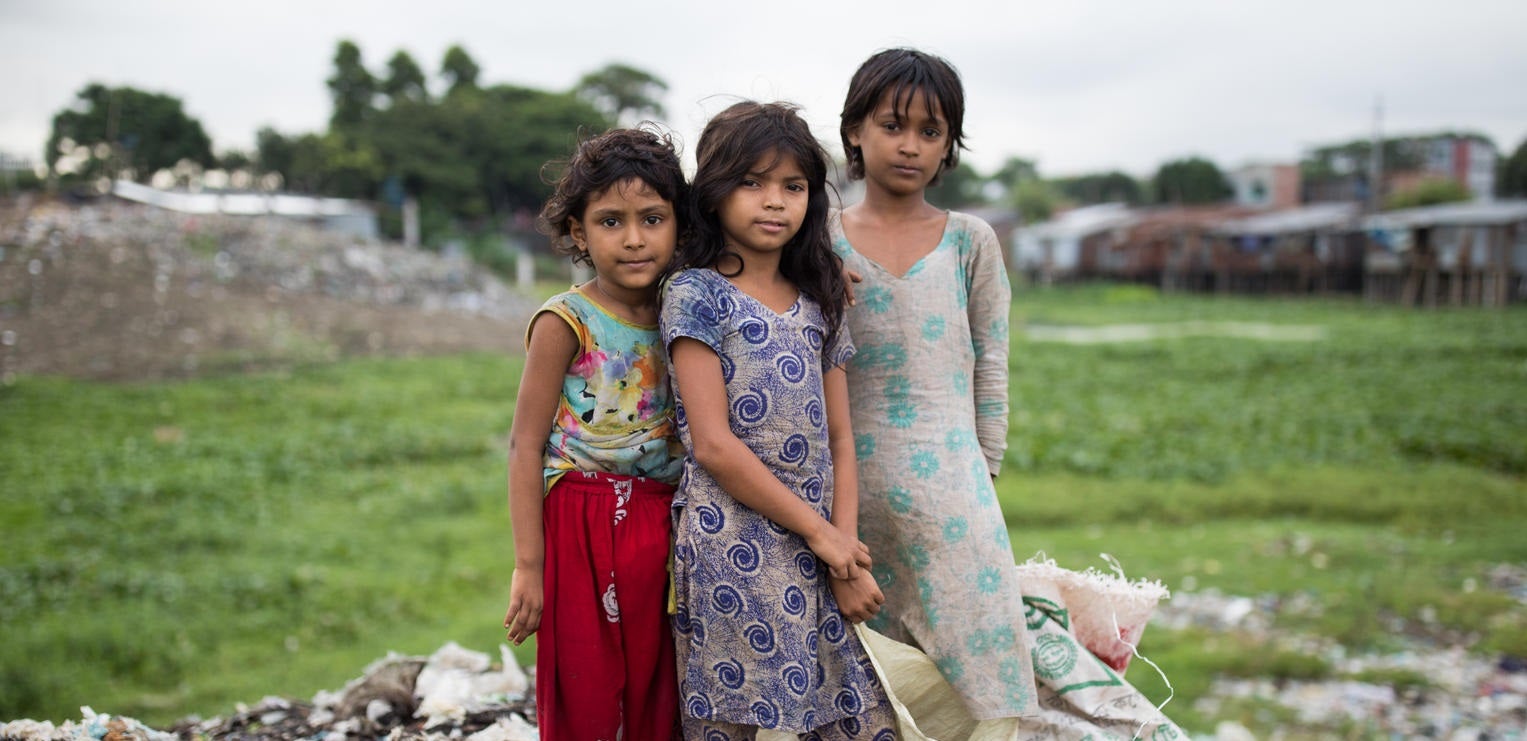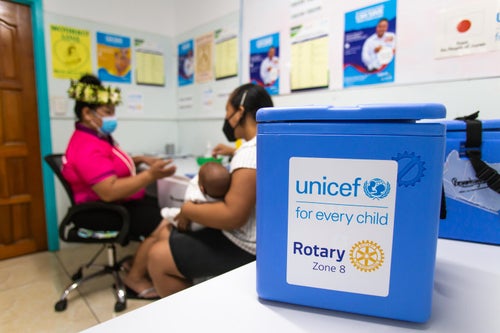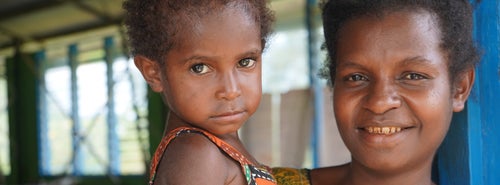Over the years, vaccines have played a crucial role in improving the health of children by eradicating diseases such as smallpox and significantly reducing the occurrence of others like polio. But there is still much to be done.
UNICEF remains steadfast in ensuring that every child has access to the vaccines they require to maintain good health.
24 April marks the start of World Immunisation Week, and to celebrate, we're taking you on the journey to see how a lifesaving vaccine makes its way to vulnerable children, starting with your generosity.
The stages of a vaccine delivery
Every donation counts!
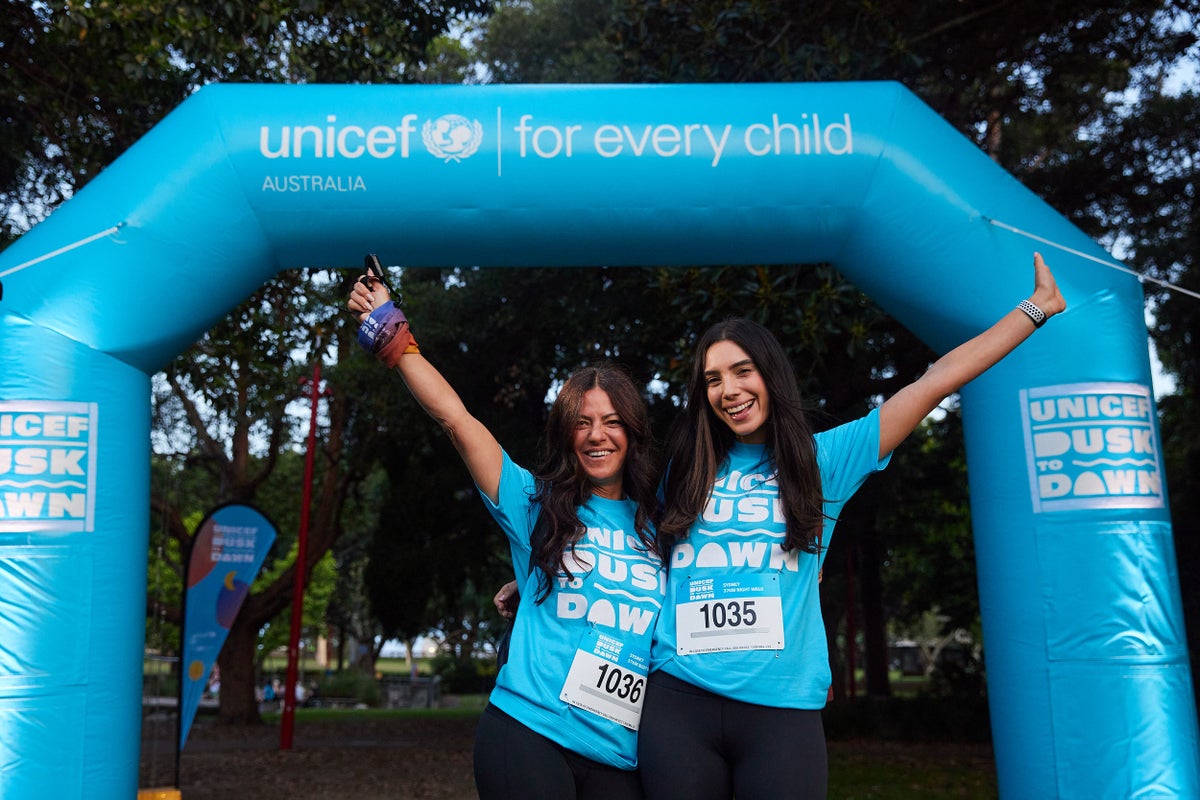
From emergency relief to long-term development solutions, all our work is funded by the generosity of businesses, foundations, governments, and individuals like you.
Through fundraisers and donations, your support allows us to reach even the most remote and vulnerable communities worldwide with essential vaccines.
Buying the vaccines
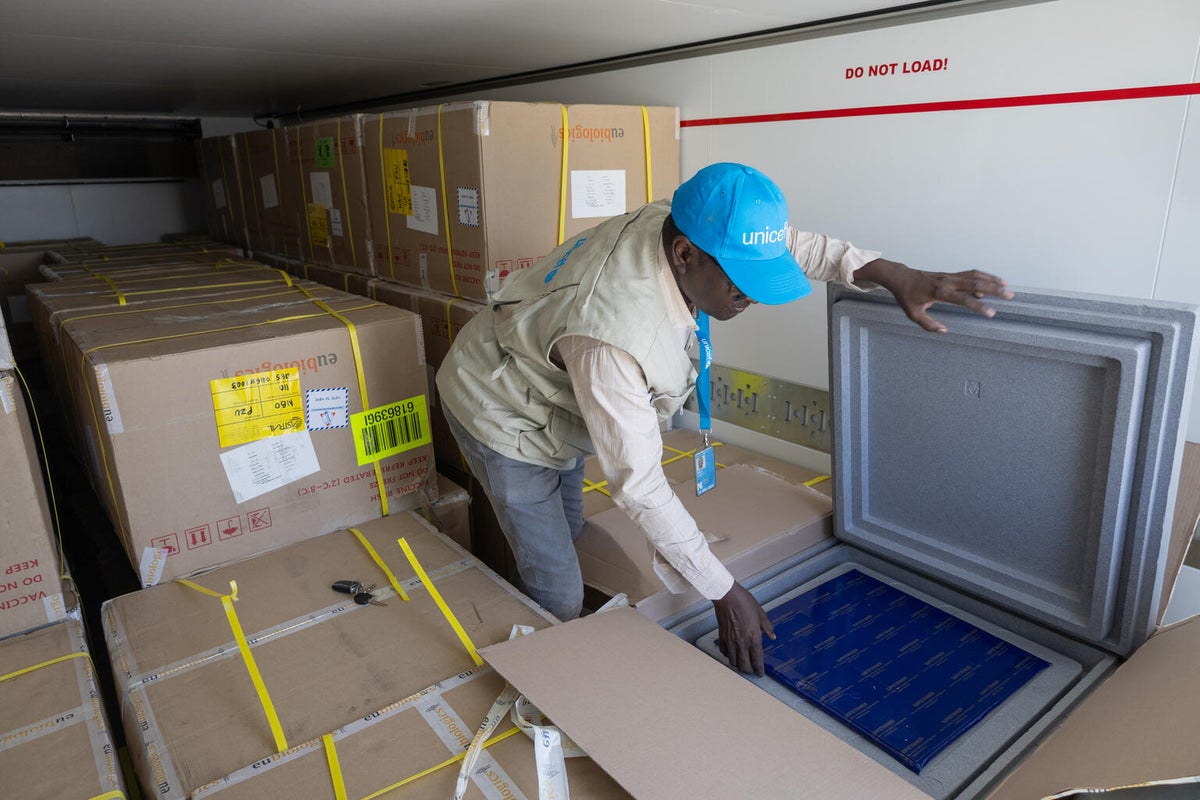
UNICEF is the largest buyer of vaccines in the world. With its partners, UNICEF vaccinates almost half the world's children under five, every year.
We have direct relationships with vaccine manufacturers, meaning we can purchase vaccines at the best prices for the world’s most vulnerable.
The cold chain

Distributing vaccines worldwide requires a complex yet precisely coordinated series of steps that make up the "cold chain." This ensures the vaccines are stored, handled, and transported in temperature-regulated conditions to maintain their potency.
Vaccines are sent directly by plane from the manufacturer as refrigerated cargo to the country where they will be used.
We work closely with partners and governments to ensure the cold chain works effectively and efficiently in every country where we deliver vaccines to children.
Quality control

Our teams then check the vaccines to ensure they have been protected and kept at the right temperature en route.
Compliance with performance standards set by the World Health Organization (WHO) is mandatory for storage and transportation equipment, including refrigerators, cold rooms, cold boxes, freezers, and vaccine carriers. In addition, stock management procedures for each type of vaccine must adhere to WHO guidelines.
Until the vaccines are ready to be taken to health centres, they will be stored and monitored in cold rooms.
Our delivery heroes
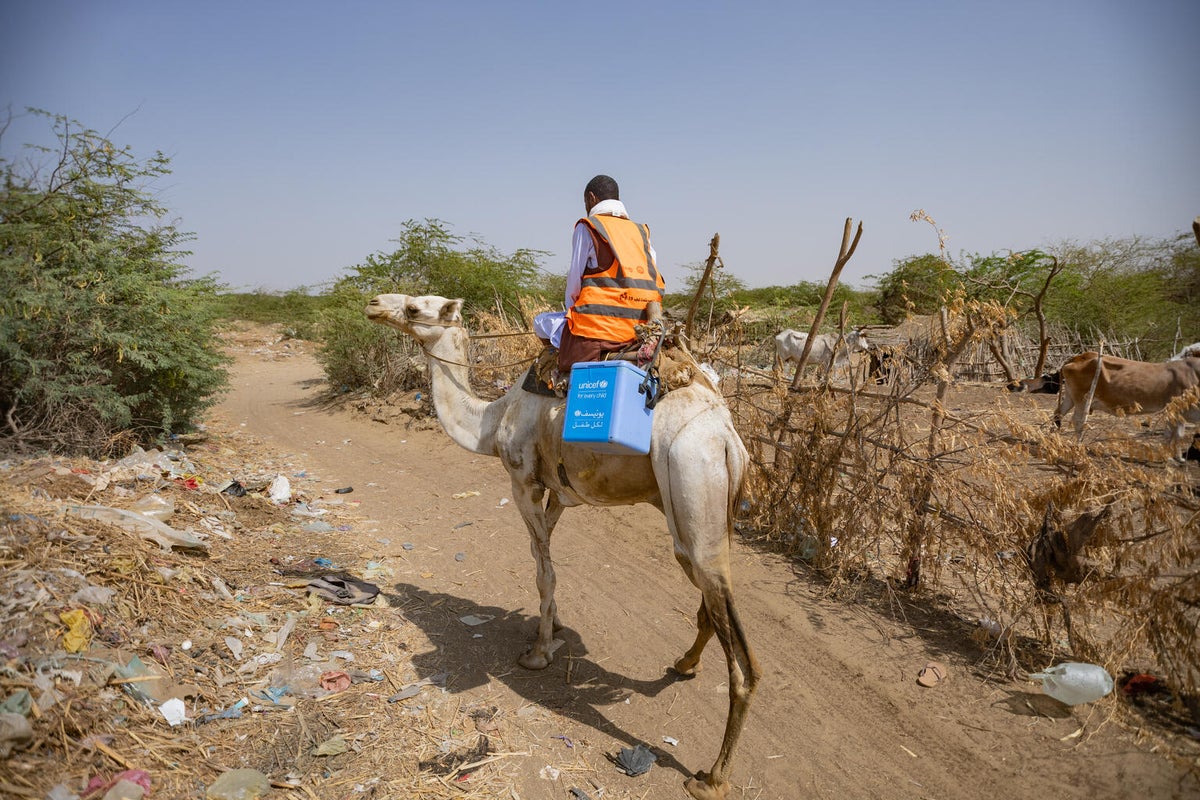
It's crucial to understand that there's no going back once the vaccine loses its potency. Our team of delivery heroes must ensure that every step of the cold chain is meticulously executed to ensure the vaccines can do their job and save lives.
Dedicated UNICEF teams carry vaccines in cold boxes, travelling by car, motorcycle, bicycle, donkey, boat, camel or on foot to reach even the most remote places. Recently, drones have even been used to deliver vaccines to remote villages in Vanuatu, where the only to get around is on foot or by small ‘banana’ boats.
Lifesaving protection
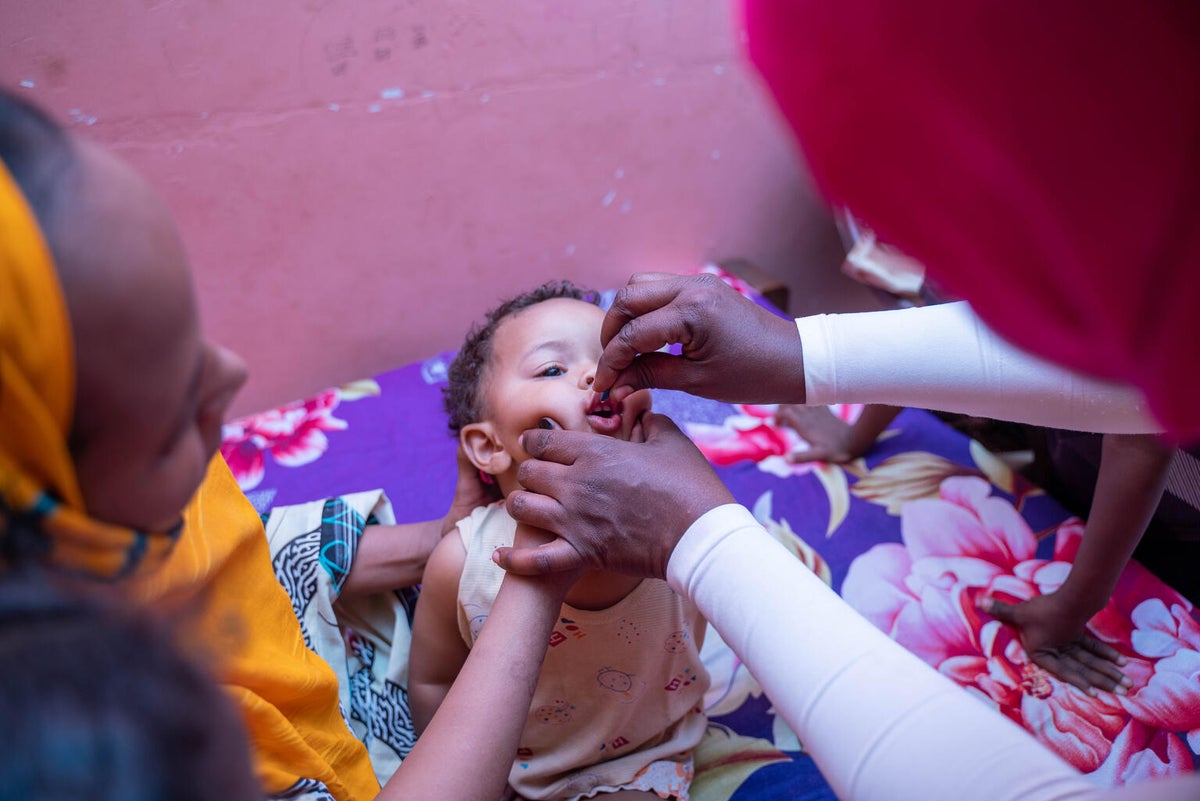
Once the vaccines have reached their destination, they are delivered by trained health staff and professionals.
But that's not all it takes to ensure that these crucial vaccines are accessible to those who need them most. Our ongoing efforts to strengthen health systems and increase awareness about the importance of vaccination play a crucial role in making sure that vaccines are available to everyone who needs them.
And it can only be possible with you!
For every child, vaccination
It is crucial, more than ever, that children everywhere can receive lifesaving vaccines, especially as immunisation efforts are under threat. Due to increasing challenges such as misinformation, humanitarian crises, and funding cuts, millions of children and adolescents are at risk of missing crucial vaccinations.
Recently, there has been a global surge in outbreaks of vaccine-preventable diseases such as measles, meningitis, and yellow fever. Diseases like diphtheria, which were once controlled or nearly eradicated in many regions, are now at risk of re-emerging.
Vaccinating the world’s children against diseases is no easy task. UNICEF has the expertise and the experience, but we cannot do it alone. We need your help to build a world where every child is protected against deadly diseases.

Vaccinate Children. Save Lives.
Help protect children against preventable diseases with lifesaving vaccines.
Related articles
Stay up-to-date on UNICEF's work in Australia and around the world


